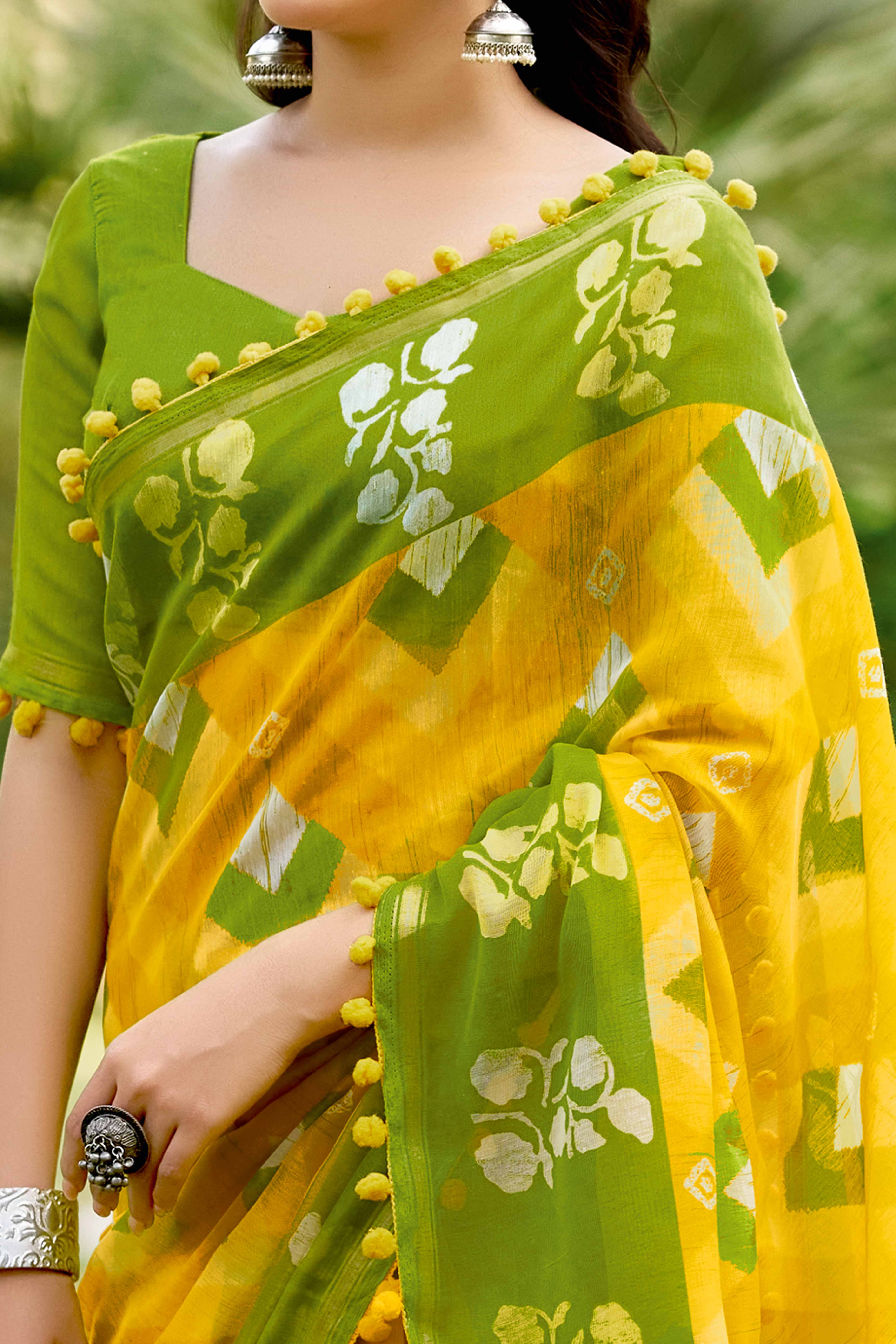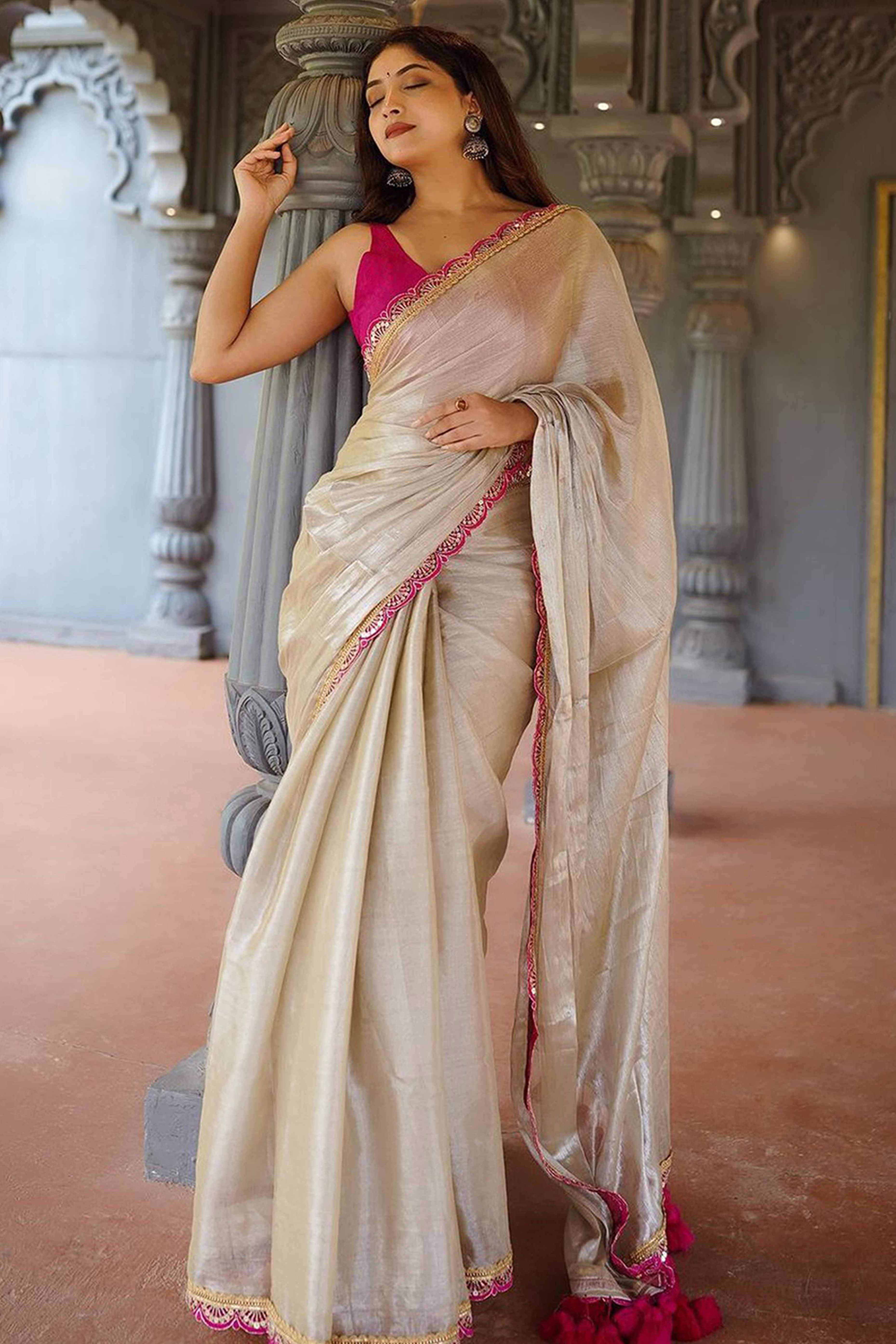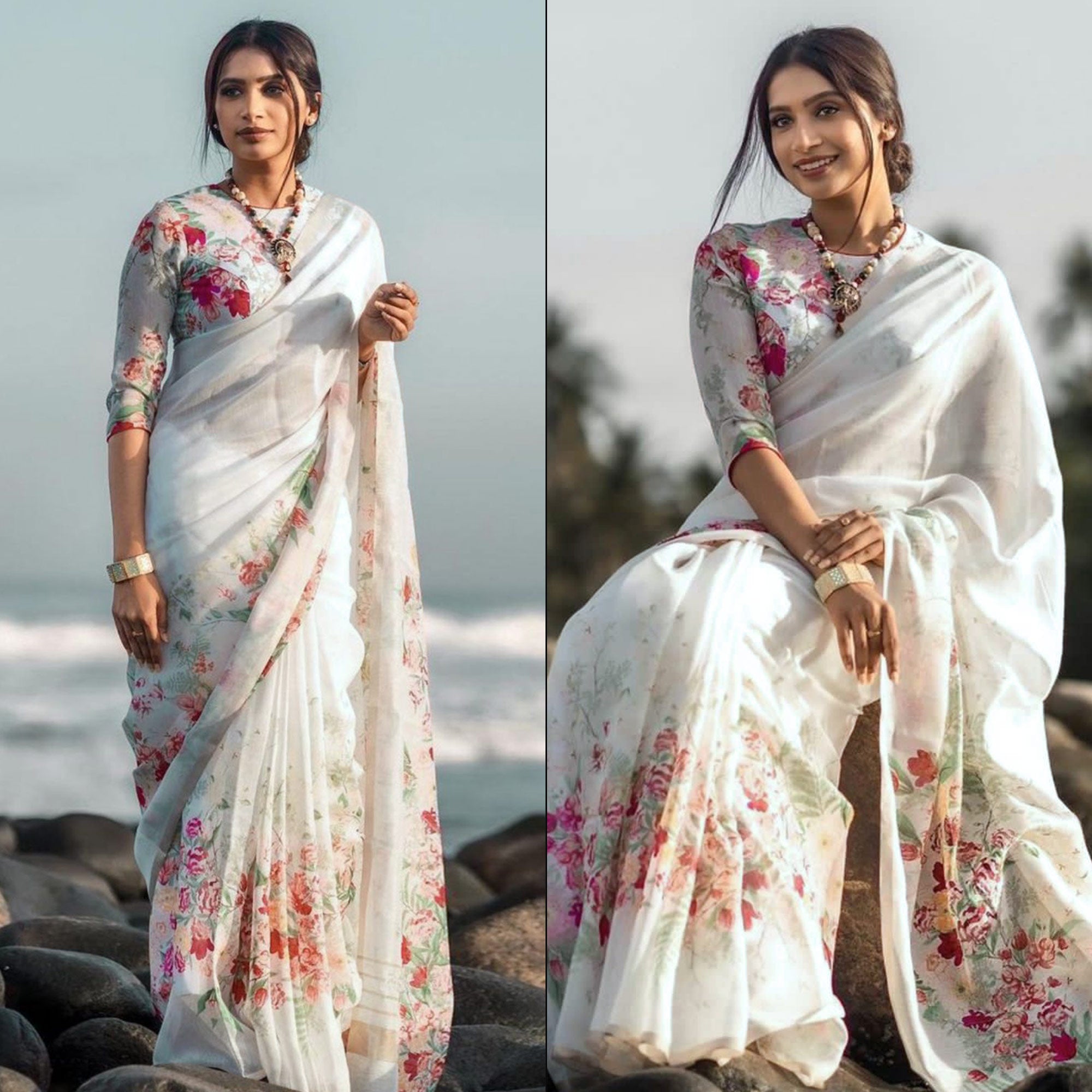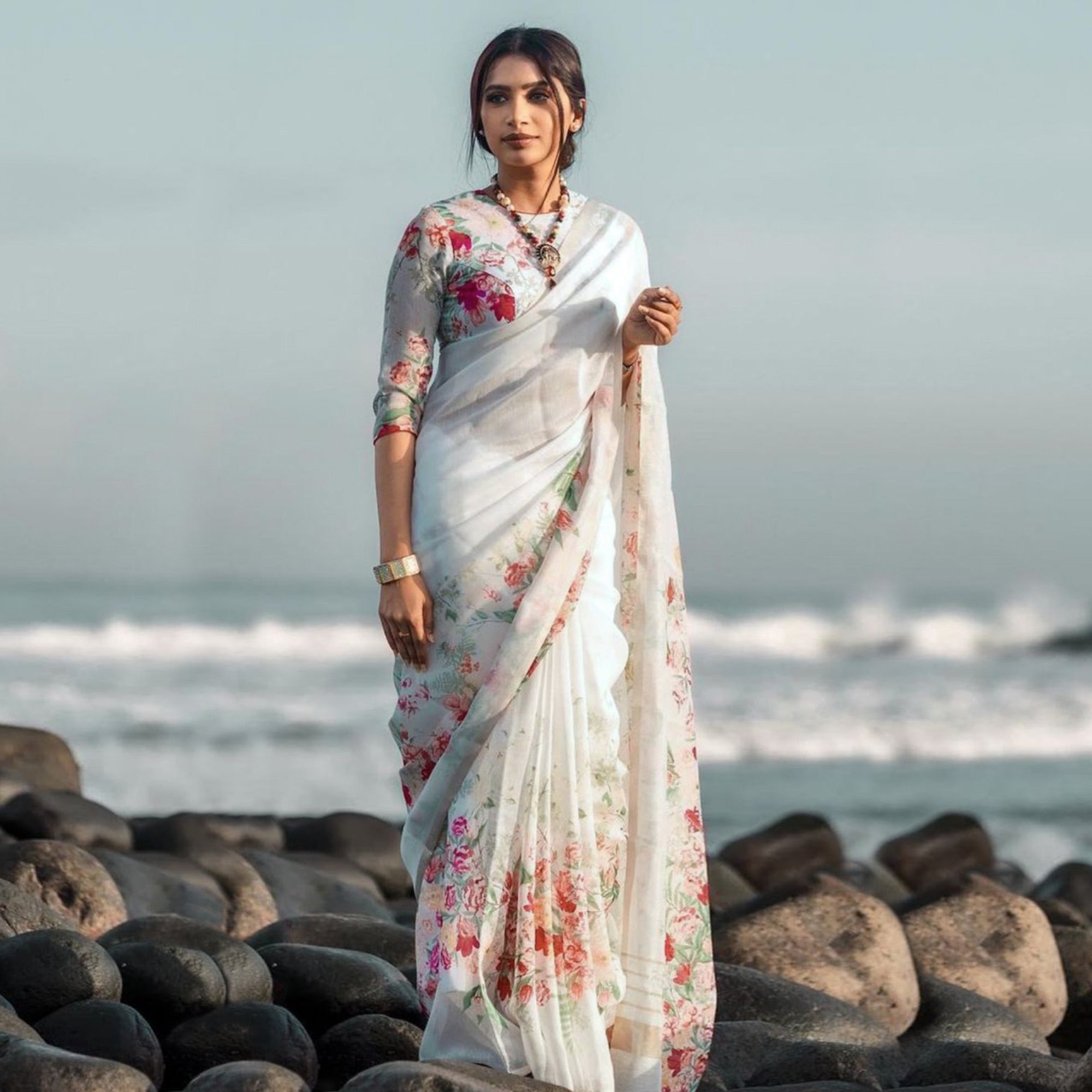The Scindia dynasty of Gwalior is a Maratha ruling family which was founded by Ranoji scindia way back in 1726 when he was the ruler of the Malwa region of Maharahtra. Around his death in 1750, the capital of Scindia dynasty was Ujjain, Madhya Pradesh. It was much later that their empire was moved to the fortress of Gwalior.
The Scinidias were predominantly a royal family and it was after India’s independence in 1947 that some members of the family joined politics.
Early dynasty
Jivajirao Scindia was the last ruler of the Gwalior Empire from the British colonialism. Post India’s Independence, the princely state of Gwalior was merged with neighbouring princely states into the state of Madhya Bharat.
Post the death of Jivajirao Scindia and after the formation of the now state of Madhya Pradesh, the wife of Jivajirao, Rajmata Vijayraje Scindia officially joined politics and became a highly influential member of the Bhartiya Janta Party (BJP).
Scindias- A Royal Affair
The Scindias have been one of the most affluent and wealthiest families of India. There were secret vaults in the fortress of Gwalior that held immense riches and countless jewels. This treasury was known as Gangaajali within the dynasty. The Scindia treasury had crown jewels some of the most unique gems from around the world.
Gangaajali could only be opened by a secret code known as beejak and was known only to the family and this passed on from one generation of the family to another.

The women of the royal family have always worn pristine silk sarees that are immaculate in their own right. With mesmerising and out of the world jewellery sets, they are every bit a royal affair. The men too adorn a typical silk kurta-pyajama accessorised by a pagdi. These turbans were made by trained paghbands and it took a minimum of two weeks to complete one pagdi.
These pagdis were known as Sindeshahi paghdis and were 60 meters long made of pure Chanderi silk.
Jai Vilas Palace
The royal residence of the Scindias, the Jay Vilas Palace was built in early 1875 by the then king, Maharaja Jayajirao Scindia. The palace has over 200 rooms, each done elaborately in European styles of architecture embellished with Italian marble floors, ornamental gold ceilings, Persian carpets and antiques from the capitals of Europe. A renowned European architect, Sir Filose had especially flown down to supervise everything.
The central Darbar Hall is unparalleled when it comes to its grandeur and magnificence. It has 750 odd lamps that are extremely beautiful and a central chandelier that was custom made in Vietnam for this hall. The chandelier ways close to 3.5 tonnes- the largest ever chandelier in the world!!
The dining room has a seating capacity of more than 150 guests with a beautifully designed pure silver train that was built to carry and serve dishes! Isn’t that extraordinary? To have such an eye for details and elegance almost 150 years back! This lovely little silver train has around 7 bogies with each bogie displaying the name SCINDIA engraved on it neatly. What’s more fascinating is that the train still runs and chugs seamlessly and is swift as ever!

A whole wing of this majestic palace is now the royal residence of the present heirs to the dynasty, Maharaja Jyotiraditya Scindia and Maharani Priyaraje. A part of this palace has been converted to a splendid and state-of-art museum for public viewing- a glance into how the royal Scindia dynasty was! There’s an interesting tale that is quite the topic of fancy around this palace- there happens to be very old kitchen in this palace which was wonderfully managed by a cook- it is believed that the ghost of the cook still haunts this kitchen!
This grand museum was first opened to public viewing in 1964 and since then has remained an element of interest and fascination among not just Indian tourists as well.
The Scindia dynasty has been one of enormous grandeur, panache, elegance, culture and character. Known for its opulence, this dynasty has always been the muse of many foreigners, with elaborate articles being written on them narrating their magnanimity.
Maharani Priyaraje, the present queen of this dynasty still carries the name ahead of the pristine beauty and ethereal charm of the women of this royal family who were always the epitome of divine grace and elegance!!






















